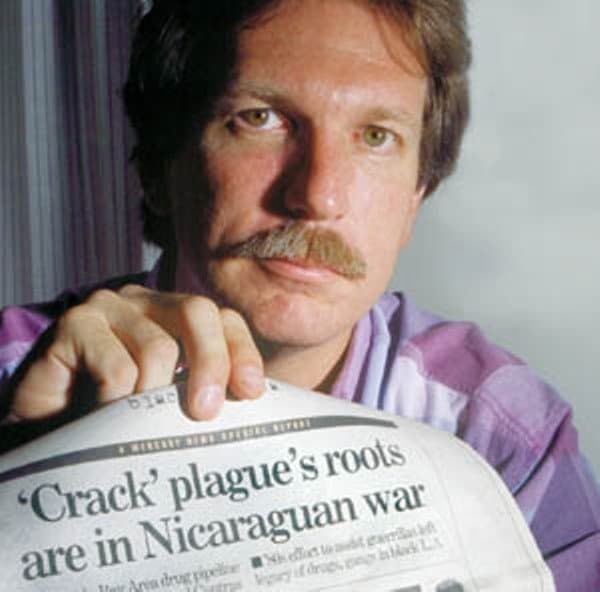
On December 10, 2004, the body of journalist Gary Webb, 49, was discovered in his home near Sacramento after a moving company worker found a note posted to his front door that read: “Please do not enter. Call 911 and ask for an ambulance.”
Webb’s death was listed as a suicide, but Webb was found with two bullet holes in the head, indicating that he was executed.[1]
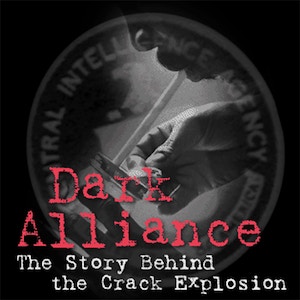
In the days leading up to his death, Webb had told friends that he was receiving death threats, being regularly followed by what he thought were government agents, and that he was concerned about strange individuals who were seen breaking into and leaving his house.
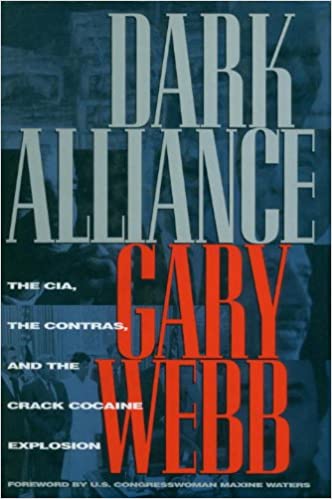
In the late 1990s, Webb had written a series of stories for the San José Mercury News, which provided the basis for his book, Dark Alliance: The CIA, the Contras, and the Crack Cocaine Explosion (New York: Seven Stories Press, 1998).
In it, Webb detailed how the explosion of crack cocaine in South Central Los Angeles during the 1980s was sparked by two Nicaraguan émigrés, Danilo Blandón and Norwin Meneses, who sold huge amounts of cocaine to raise funds for a CIA-backed rebel army—the Contras.
Webb was a Pulitzer Prize winner whose “Dark Alliance” series went viral in the early days of the internet. It caused a firestorm that led to the resignation of CIA Director John Deutch after he was grilled by angry Black activists at a meeting in L.A.[2]
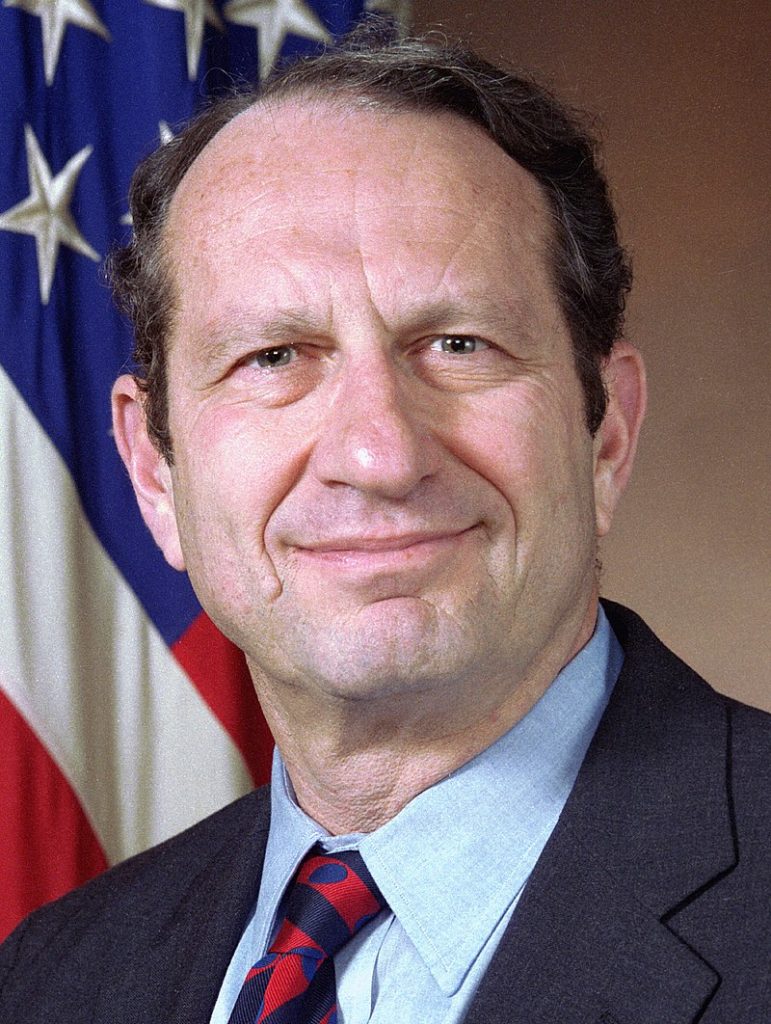

Webb’s story had traced how cocaine was shipped into San Francisco and distributed in L.A. after Blandón and Meneses sold it to a street dealer from South Central named “Freeway” Ricky Ross.
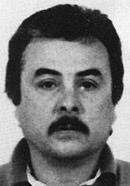
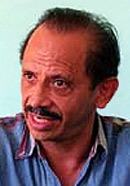
Through this connection, “Freeway Rick” became a crack kingpin, using his contacts with L.A.’s Crips and Blood street gangs to help distribute crack to many other cities across the country.
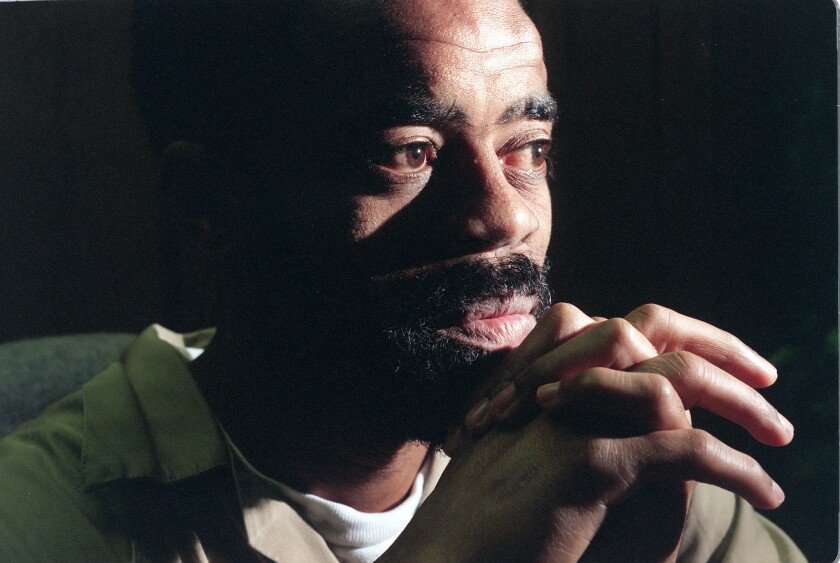
Webb had first heard about the story after receiving a tip from the girlfriend of a drug dealer against whom Blandón was testifying.

In his lead paragraph, Webb wrote that “a Bay Area drug ring had funneled millions in drug profits to a Latin American guerrilla army run by the U.S. Central Intelligence Agency” which was in league with “Uzi-toting ‘gangstas’ of Compton and South-Central L.A.”
The thrust of Webb’s research was confirmed in 1998 when a CIA inspector general’s report acknowledged that the CIA had worked with suspected drugrunners while supporting the Contras in Nicaragua.[3]
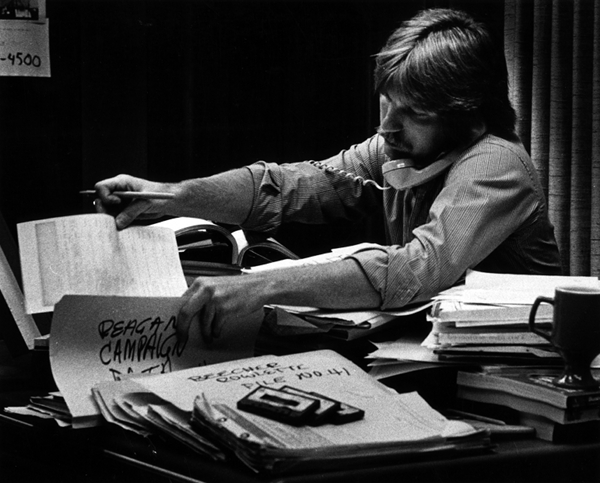
The corruption Webb exposed led all the way to the White House and President Reagan via his aide, Lieutenant Colonel Oliver North, who was coordinating, under Reagan’s orders, the illegal supplying to the Contras of weapons that were purchased with profits from the cocaine being smuggled into the U.S. and distributed around the country by criminals in league with the CIA.
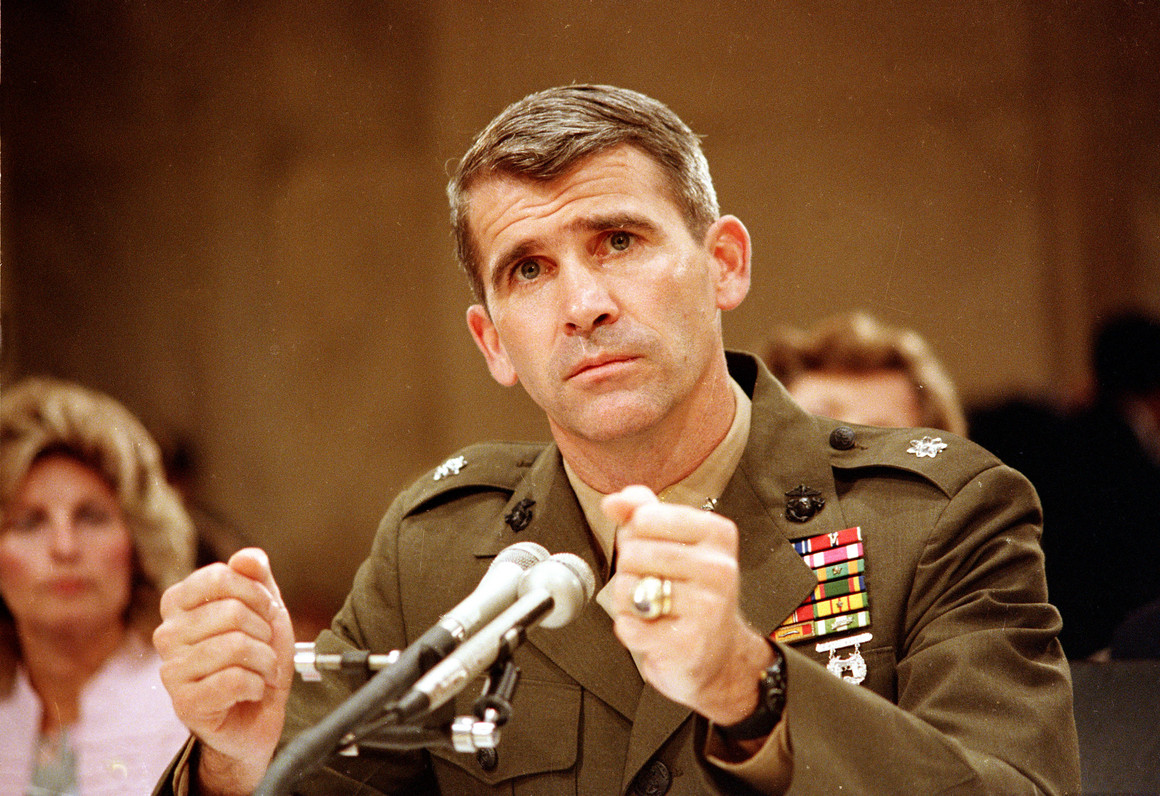
Because of the far-reaching implications, Webb became the target of what Alexander Cockburn and Jeffrey St. Clair called “one of the most venomous and factually inane assaults on a professional journalist’s competence in living memory.”
The assault was spearheaded by the CIA in collaboration with the major agenda-setting media like The New York Times, The Washington Post and Los Angeles Times—which put some 17 reporters on the assignment to destroy Webb.[4]
The Mercury News’s top editor, Jerry Ceppos, ultimately buckled, and threw Webb to the wolves, deleting the website and penning a letter of apology to the readers for the “Dark Alliance” series.[5]
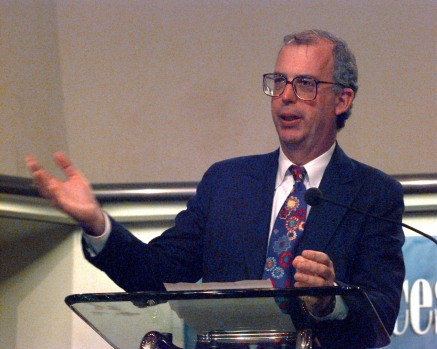
Webb was in turn banished to a small Mercury News bureau in Cupertino, California, south of San Francisco—125 miles from his home and family in Sacramento—and forced to write stories normally assigned to cub reporters. His career was effectively destroyed and he would never again get a job with a daily newspaper.

Webb stood by his research, nevertheless, and continued to expose corruption as a freelance journalist. His final publication unearthed the strategic use of video games by the Pentagon as a method of indoctrination and recruitment of teenage boys.
In a tribute to Webb, Robert Parry, the founder of Consortium News, wrote that Webb’s death marked “an exclamation point” on a “sorry era of journalism that began with the rise of Ronald Reagan and saw the gradual retreat—under right-wing fire—of what had once been Washington’s Watergate/Pentagon Papers watchdog press corps.”
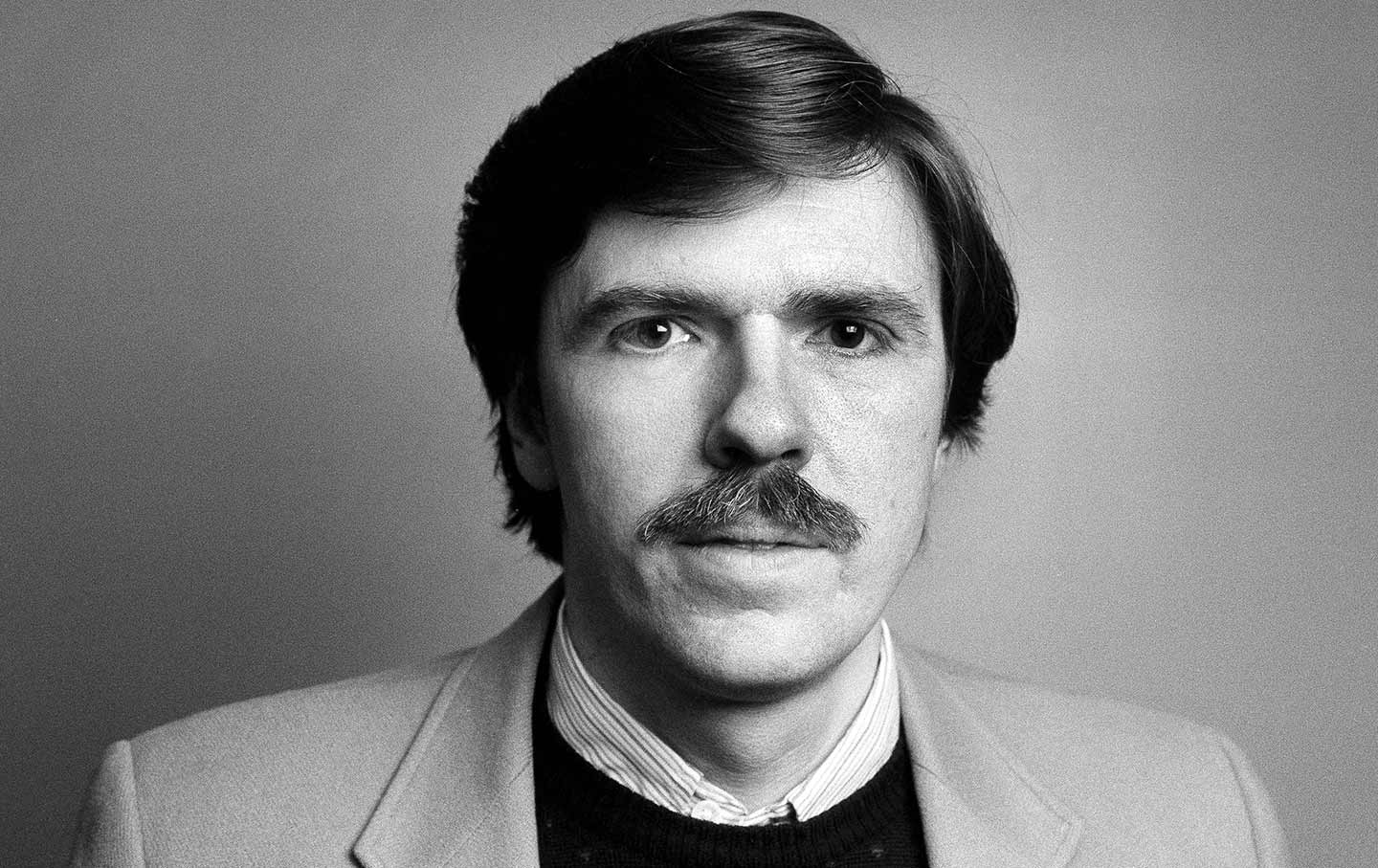
Since these words were written, things have only gotten worse, with the media helping to advance the Russia Gate conspiracy theory while promoting scurrilous allegations against Russia that have helped mobilize public support for the war in Ukraine.
All the more reason to honor Webb and the uncompromising journalistic integrity that he stood for.

-
Webb’s friends said that there is no way he would have taken his own life: He loved life and loved his kids. His cause of death was changed to “single gunshot wound” when people began to question how or why a man would shoot himself in the face twice. This represented a concentrated effort to cover up the nature of Webb’s death. After Webb died, he was immediately cremated thereby destroying forensic evidence of the gunshot wounds.
-
Webb’s book was endorsed by Congresswoman Maxine Waters (D-CA) who said that “the time I spent investigating the allegations of the Dark Alliance series led me to the undeniable conclusion that the CIA, DEA, DIA and FBI knew about drug trafficking in South Central Los Angeles. They were either part of the trafficking or turned a blind eye to it, in an effort to fund the contra war. . . . This book is the final chapter on this sordid tale and brings to light one of the worst official abuses in our nation’s history.” ↑
-
Associated Press journalists Robert Parry and Brian Barger had earlier reported that Contra groups had “engaged in cocaine trafficking, in part to help finance their war against Nicaragua.” ↑
-
Alexander Cockburn wrote at CounterPunch that “squadrons of hacks, some of them with career-long ties to the CIA, sprayed thousands of words of vitriol over Webb and his paper, the San Jose Mercury News, for besmirching the Agency’s fine name by charging it with complicity in the importing of cocaine into the U.S.” NBC’s Andrea Mitchell characteristically branded Webb’s story as a “conspiracy theory.” ↑
-
Ceppos went on to receive an award from the Society of Professional Journalists for his “superior ethical conduct” in handling the aftermath of the series and, in 1999, was promoted to vice president for news at Knight-Ridder. ↑
CovertAction Magazine is made possible by subscriptions, orders and donations from readers like you.
Blow the Whistle on U.S. Imperialism
Click the whistle and donate
When you donate to CovertAction Magazine, you are supporting investigative journalism. Your contributions go directly to supporting the development, production, editing, and dissemination of the Magazine.
CovertAction Magazine does not receive corporate or government sponsorship. Yet, we hold a steadfast commitment to providing compensation for writers, editorial and technical support. Your support helps facilitate this compensation as well as increase the caliber of this work.
Please make a donation by clicking on the donate logo above and enter the amount and your credit or debit card information.
CovertAction Institute, Inc. (CAI) is a 501(c)(3) non-profit organization and your gift is tax-deductible for federal income purposes. CAI’s tax-exempt ID number is 87-2461683.
We sincerely thank you for your support.
Disclaimer: The contents of this article are the sole responsibility of the author(s). CovertAction Institute, Inc. (CAI), including its Board of Directors (BD), Editorial Board (EB), Advisory Board (AB), staff, volunteers and its projects (including CovertAction Magazine) are not responsible for any inaccurate or incorrect statement in this article. This article also does not necessarily represent the views the BD, the EB, the AB, staff, volunteers, or any members of its projects.
Differing viewpoints: CAM publishes articles with differing viewpoints in an effort to nurture vibrant debate and thoughtful critical analysis. Feel free to comment on the articles in the comment section and/or send your letters to the Editors, which we will publish in the Letters column.
Copyrighted Material: This web site may contain copyrighted material the use of which has not always been specifically authorized by the copyright owner. As a not-for-profit charitable organization incorporated in the State of New York, we are making such material available in an effort to advance the understanding of humanity’s problems and hopefully to help find solutions for those problems. We believe this constitutes a ‘fair use’ of any such copyrighted material as provided for in section 107 of the US Copyright Law. You can read more about ‘fair use’ and US Copyright Law at the Legal Information Institute of Cornell Law School.
Republishing: CovertAction Magazine (CAM) grants permission to cross-post CAM articles on not-for-profit community internet sites as long as the source is acknowledged together with a hyperlink to the original CovertAction Magazine article. Also, kindly let us know at info@CovertActionMagazine.com. For publication of CAM articles in print or other forms including commercial internet sites, contact: info@CovertActionMagazine.com.
By using this site, you agree to these terms above.
About the Author

Jeremy Kuzmarov holds a Ph.D. in American history from Brandeis University and has taught at numerous colleges across the United States. He is regularly sought out as an expert on U.S. history and politics for radio and TV programs and co-hosts a radio show on New York Public Radio and on Progressive Radio News Network called “Uncontrolled Opposition.”
He is Managing Editor of CovertAction Magazine and is the author of six books on U.S. foreign policy, including Obama’s Unending Wars (Clarity Press, 2019), The Russians Are Coming, Again, with John Marciano (Monthly Review Press, 2018), Warmonger. How Clinton’s Malign Foreign Policy Launched the U.S. Trajectory From Bush II to Biden (Clarity Press, 2023); and with Dan Kovalik, Syria: Anatomy of Regime Change (Baraka Books, 2025).
Besides these books, Kuzmarov has published hundreds of articles and contributed to numerous edited volumes, including one in the prestigious Oxford History of Counterinsurgency .
He can be reached at jkuzmarov2@gmail.com and found on substack here.


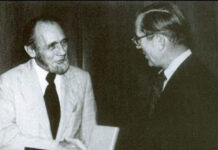
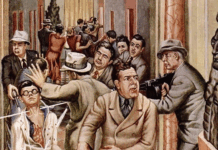

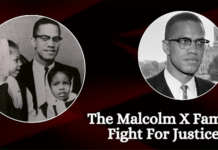
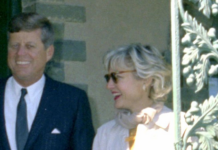
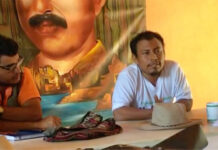
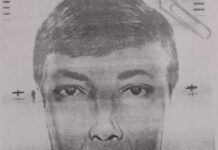
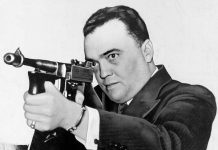

1 Gunshot: a stray pigeon accused of murder
2 Gunshots: suicide
3 Gunshots: suicide with prejudice.
[…] Webbs død ble registrert som selvmord, men Webb ble funnet med to kulehull i hodet, noe som indikerer at han ble henrettet.[1] […]
[…] Angrepet ble frontet av CIA i samarbeid med de store agendasettende mediene som The New York Times, The Washington Post og Los Angeles Times – som satte rundt 17 reportere på oppdraget med å ødelegge Webb.[4] […]
[…] Associated Press journalists Robert Parry and Brian Barger had earlier reported that Contra groups had “engaged in cocaine trafficking, in part to help finance their war against Nicaragua.” ↑ […]
[…] Eighteen Years Ago Today, Journalist Gary Webb Was Murdered After Exposing CIA Drug Trafficking, by … […]
[…] Webb was a Pulitzer Prize winner whose “Dark Alliance” series went viral in the early days of the internet. It caused a firestorm that led to the resignation of CIA Director John Deutch after he was grilled by angry Black activists at a meeting in L.A.[2] […]
Here is some additional info:
Reporter’s suicide confirmed by coroner
A flood of inquiries about Gary Webb’s shooting death prompts statement.
By Sam Stanton — Bee Staff Writer
Published 2:15 am PST Wednesday, December 15, 2004
Facing a barrage of calls from the media and the public, the Sacramento County Coroner’s Office issued a statement Tuesday confirming that former investigative reporter Gary Webb committed suicide with two gunshots to the head.
“The cause of death was determined to be self-inflicted gunshot wounds to the head,” the coroner’s statement said.
“Information and evidence gathered at the scene of death, including a handwritten note indicating an intention on the part of the decedent to take his own life, resulted in ‘suicide’ as the determined manner of death.
Webb’s ex-wife, Sue Bell, discounted theories Tuesday that her husband had been murdered, saying the 49-year-old Webb had been distraught for some time over his inability to get a job at another major newspaper.
“The way he was acting it would be hard for me to believe it was anything but suicide,” Bell said.
She said that before he died Webb wrote and mailed notes to family members and placed his baby shoes in his mother’s shed.
Webb had paid for his own cremation earlier in the year and had named Bell months ago as the beneficiary of his bank account, she said. He had sold his house last week, because he could no longer afford the mortgage, and was upset that his motorcycle had been stolen last week.